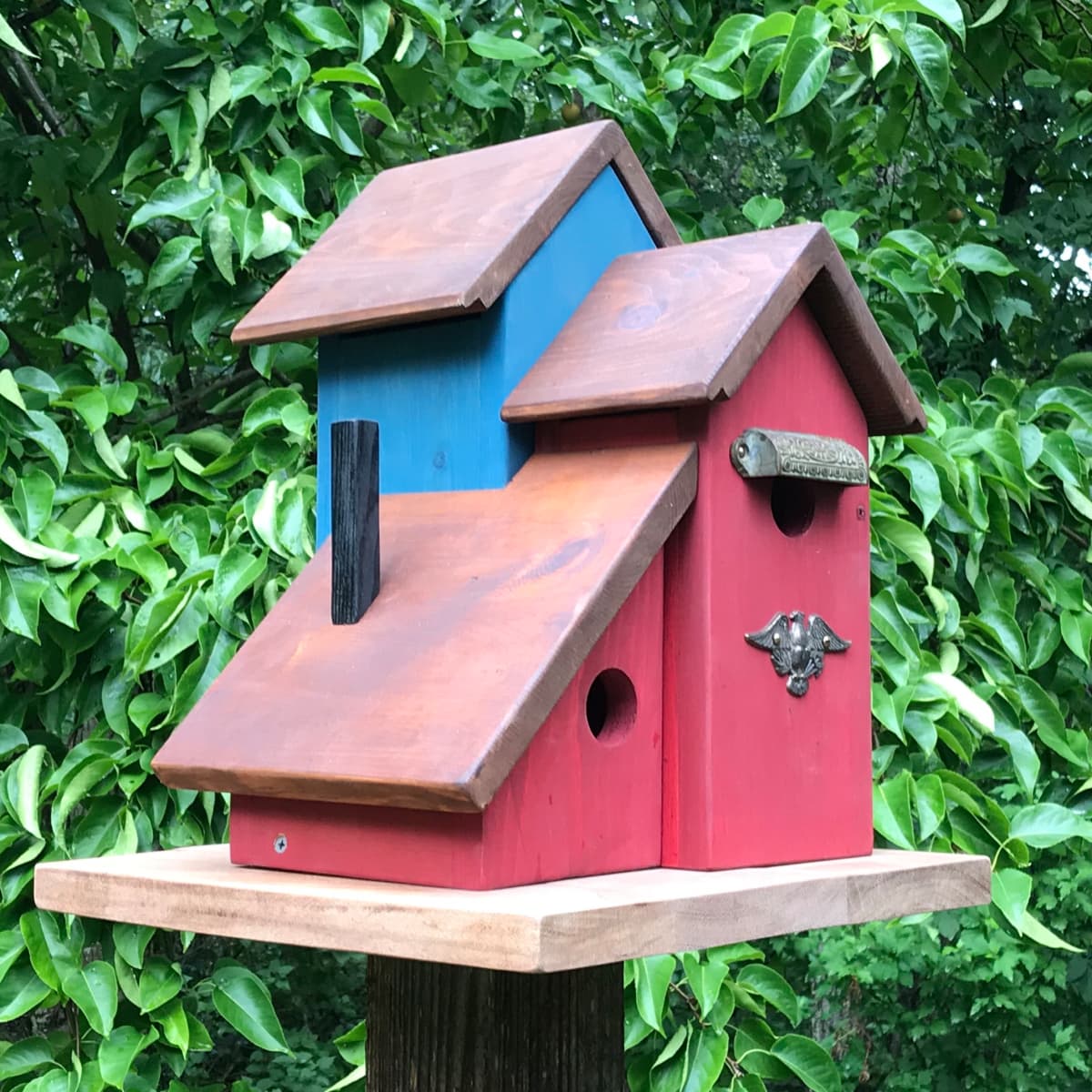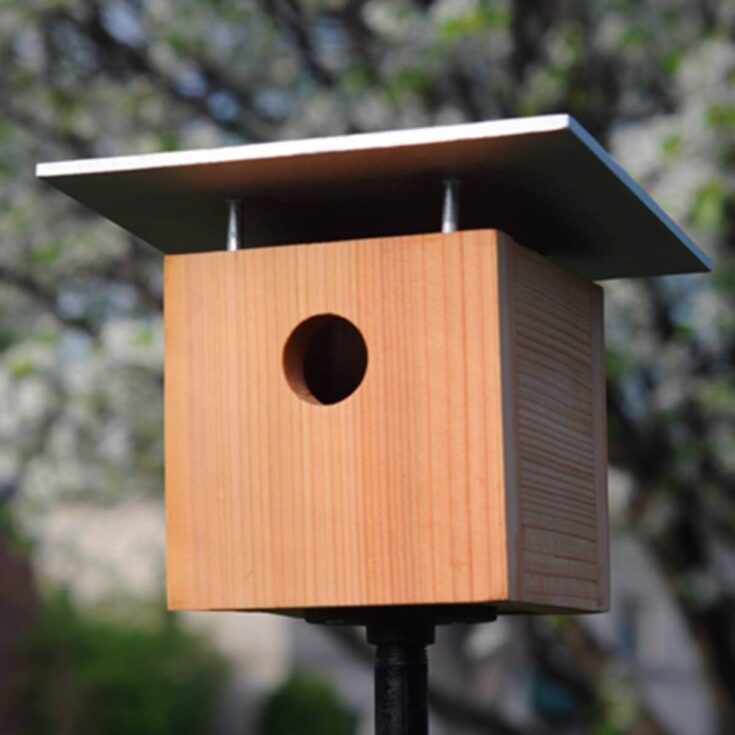Why Build a Birdhouse?
Building a birdhouse is one of the most rewarding DIY projects for bird lovers. Not only does it provide essential shelter for nesting birds, but it also helps local populations of cavity-nesting species like wrens, chickadees, and bluebirds. With habitat loss increasing across North America, backyard birdhouses offer safe nesting options — especially in areas where natural tree cavities are rare. Plus, they turn your yard into a lively, chirping haven full of seasonal activity.
Choosing the Right Materials
To ensure safety and durability, use untreated wood like cedar, pine, or fir. Avoid pressure-treated or chemically stained wood, which can be toxic to birds. Galvanized nails or exterior-grade wood screws will help your birdhouse stand the test of time. You'll also want basic tools like a saw, drill, measuring tape, and sandpaper. Optional additions include ventilation holes and predator guards to increase the success of nesting birds.
Designing for American Songbirds
Different birds prefer different nest box dimensions. For small songbirds like chickadees, wrens, and titmice, a box roughly 8–10 inches tall with a 1 1/8-inch entrance hole works well. Eastern bluebirds prefer slightly larger boxes with a 1 1/2-inch hole. Avoid perches — they’re not necessary and can actually help predators. Ventilation and drainage holes are essential to prevent mold and overheating. Hinged or removable panels also make it easier to clean between seasons.
Step-by-Step Building Instructions
Start by cutting your wood panels to size — front, back, sides, base, and roof. Drill the entrance hole in the front panel, about 6 inches from the bottom. Assemble the box using nails or screws, ensuring tight seams to keep out rain. Drill small holes near the top of each side for ventilation and a few in the base for drainage. Sand rough edges and check for sharp surfaces. Leave the inside untreated — birds prefer natural textures and surfaces for gripping.

Where and How to Mount Your Birdhouse
Mount your birdhouse about 5 to 10 feet off the ground, depending on the target species. Attach it to a pole, post, or tree trunk in a location with partial shade and protection from wind. Make sure the entrance faces away from prevailing storms, ideally east or southeast. Avoid placing birdhouses too close together, as territorial species prefer some personal space. Add a predator guard below the box to discourage raccoons and snakes.
:max_bytes(150000):strip_icc()/birdhouses-background--614492376-80292bac81584db8b317186c1b687619.jpg)
Cleaning and Maintenance Tips
Clean the birdhouse after each nesting season — usually in late summer or early fall. Remove old nesting material, scrub the interior with a mild bleach solution (1 part bleach to 9 parts water), rinse thoroughly, and let dry. Regular cleaning reduces parasites and increases the chances of reuse by birds. Check for damage and repair any loose parts annually.

The Joy of Backyard Birding
Once your birdhouse is set up, the fun begins. You’ll soon notice songbirds scouting, claiming territory, and raising chicks. Keep a journal of what species visit and nest each year. A simple box can support generations of birds — and provide countless hours of backyard birdwatching joy. With a little effort, you’re not just building a box — you’re creating a home.
